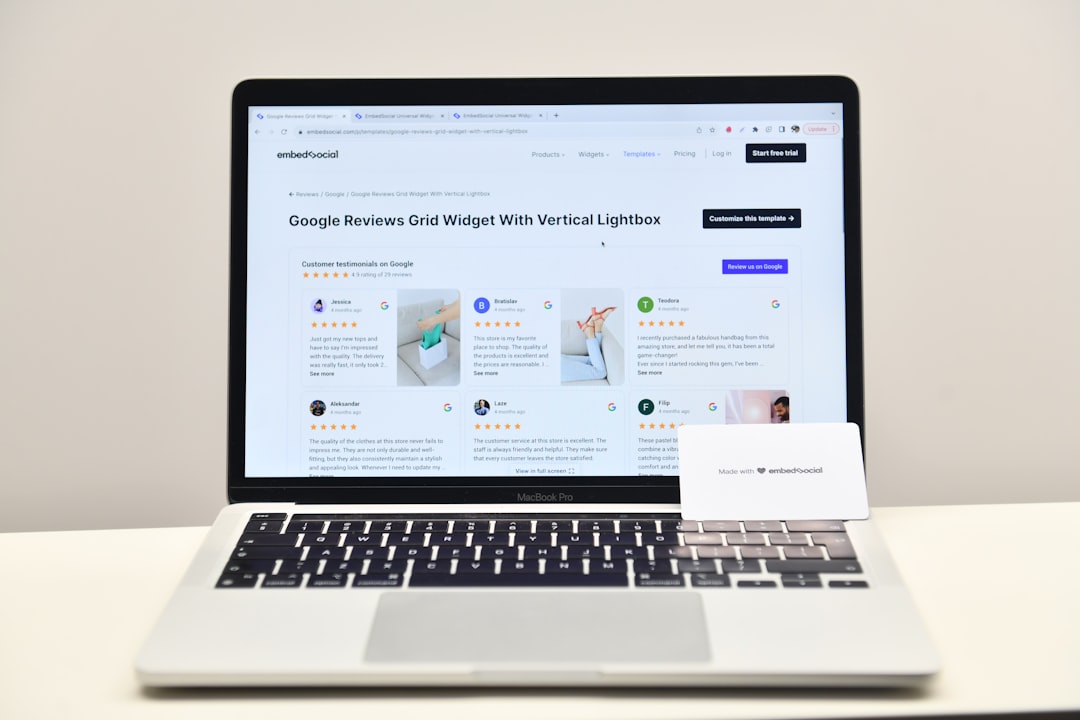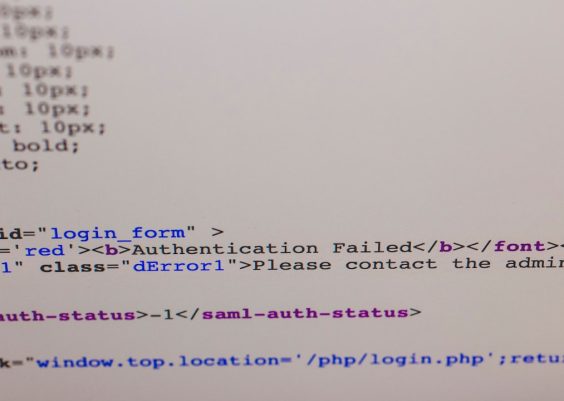Imagine this: Your brand is doing great on Amazon. Sales are steady. Reviews are glowing. Life is good. Then… BAM! Your product title gets changed. It no longer sounds like your brand. It’s generic, weird, or even misleading. Suddenly, your conversions drop. It’s not a glitch. It’s listing abuse.
Contents
TLDR:
Competitors sometimes change product titles to hurt rival sales. This shady tactic is called listing abuse. Smart brands fight back by locking listings, tracking changes, and reporting abuse. It’s a digital tug-of-war, but there are ways to win.
What is Listing Abuse?
Listing abuse is when someone changes your product details without your consent. This could be:
- The product title
- Bullet points
- Images
- Description
The goal? To confuse your customers or make your product look bad. Most times, it’s done by shady competitors. They want your sales. Not by earning them… but by sabotaging yours.
Real Talk: Why Changing a Title Hurts
The title is everything. It’s your product’s handshake. If that title is messy or misleading, people scroll right past.
Imagine you’re selling “Gourmet Organic Maple Syrup.” A competitor changes that to “Sugar Syrup 500ml Bottle.”
Yikes. Now it sounds fake, cheap, and boring. Think customers are clicking that? Nope. Your conversion rate tanks.
Why Is This Even Possible?
On platforms like Amazon, some listings are open. That means multiple sellers can contribute info. In theory, this supports better accuracy. But it also allows bad actors to sneak in and make harmful edits.
Common Tricks Used by Competitors
- Mistitled listings: Changing your brand name or using confusing words
- Keyword stuffing: Adding random keywords that make your title look spammy
- Typo bombs: Deliberate spelling errors to make you look unprofessional
- Off-brand swaps: Replacing brand terms with generic ones
Each trick is aimed at one thing — lowering your trust factor with shoppers.
How Brands Fight Back
Good news: Nobody has to take this lying down. Brands are using smart strategies to shut down listing abuse. Let’s break them down one by one.
1. Brand Registry to the Rescue
Most e-commerce platforms now offer some kind of brand protection program. On Amazon, it’s called Brand Registry. This is step one — always.
- It gives you more control over your listings
- It lets you report listing changes fast
- It helps Amazon recognize you as the true owner
Once you’re registered, your listing edits are given higher priority. You can even lock titles so only you can change them.
2. Listing Alerts and Monitoring Tools
Smart brands use tools that watch their listings 24/7. If anything changes — boom — they get an alert.
Tools like:
- Helium 10
- Seller.Tools
- AMZAlert
These apps help brands react in minutes, not days. The quicker you notice a shady update, the faster you can reverse the damage.

3. Filing a Ticket Like a Pro
Once an issue is spotted, brands file a support ticket. Doing it right matters a lot. Here’s what they include:
- Before-and-after screenshots of the title
- Proof of brand ownership (from Brand Registry)
- A short, direct explanation of the abuse
The tone should be: “This isn’t just wrong — it harms the customer experience.” Platforms care a lot when you put it that way.
4. Locking Titles
Once a listing is restored, many brands use a tool to lock in the correct title. On Amazon, this means submitting a “title lock request” through Brand Registry.
It doesn’t guarantee perfection, but it makes unauthorized edits much harder. It’s like putting a deadbolt on your best-selling items.
5. Blocking Hijacker Accounts
Some brands go further and identify the specific seller causing harm. Once found, they can report that account for:
- Policy violations
- Sabotage activity
- Impersonation
The seller might get a warning or even a suspension. One less saboteur to worry about.
Cool Moves That Some Brands Use
We love seeing clever solutions. Some brands take protection up a notch:
- Embedding brand names into product images
- Using trademarked names in titles (which helps claim edits easily)
- Monitoring competitor actions to predict shady behavior
It’s not just about reacting. The real pros are proactive.
What Happens If You Do Nothing?
Some sellers ignore minor title changes. They assume it’s not a big deal. That’s risky.
Here’s what can happen:
- Drops in organic rank
- Wrong customers clicking (and not buying)
- More negative reviews
- Long-term loss of sales

Even tiny edits can snowball into larger issues. If you see something, fix it fast.
True Story: Organic Skincare Wipeout
A small organic skincare brand noticed a sharp drop in their best-selling facial oil. After digging in, they saw the title was changed to “Cheap Face Oil.” That’s not what people were searching for.
Their sales dropped 40% in one week. Ouch.
They locked the listing using Brand Registry, filed a complaint, and restored the title. Within days, conversions rebounded.
Lesson: Always watch your listings like a hawk.
Key Takeaways
Let’s wrap it up with the big stuff you need to remember:
- Listing abuse is common — but beatable
- Start with Brand Registry. It’s your best armor
- Use alerts to battle editing sabotage in real time
- Document everything when filing a support case
- Lock your titles for peace of mind
A Final Word for Sellers
You’ve worked hard to build your brand. Don’t let shady tactics from competitors steal your success. Listing abuse may look like a tech problem — but really, it’s a business threat.
The good news? You now know how to slam that door shut. So, go on — protect your digital shelves like a pro.




